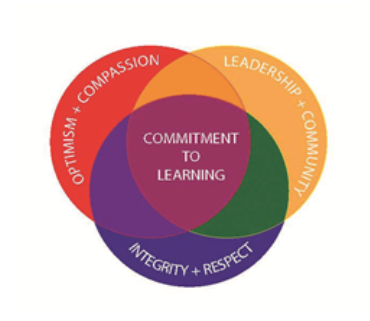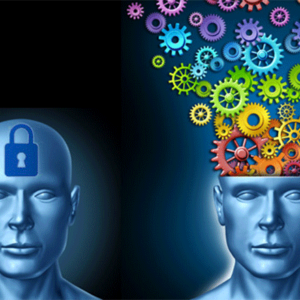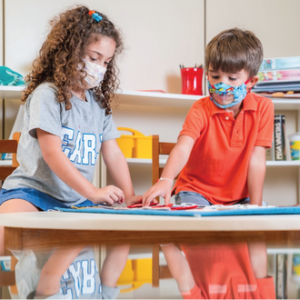Achieving Happiness
EARJ’s Purpose, Mission, Vision, and Values paint a powerful picture of how we see our school now and what our collective ambitions are for the future. They provide a framework for the type of physical, social and intellectual learning environments we wish to provide to our school community.
In a continuing desire to fulfill our mission and vision and to instill these values in our students, some of our teachers are currently participating in a four-week Mindfulness and Well-Being programme aimed at further developing these core values in our students and identifying practical strategies for student success. By incorporating findings from emotional intelligence and neuroscience, teachers are working to foster creativity, academic success, compassion, empathy and greater happiness in our students.
Additional goals of the mindfulness and well-being programme are to link research to the implementation of the Approaches to Learning Skills throughout EARJ’s developing IB continuum of academic programmes.

So, what has been learned so far? That, among other things, there appears to be a common misconception regarding happiness and how we achieve it. Advertising and marketing campaigns would have us believe that an individual’s level of happiness is measured through their acquisition of material goods. Others pursue goals only to achieve them and realize that they didn’t provide them with the level of happiness that they were hoping for.
If we are always looking for the next, best thing, we may potentially find ourselves unfulfilled in a never ending pursuit of happiness. But, what if we work towards achieving happiness now, and use this state of mind to help us reach our goals? Are there strategies to help us do so? What are the benefits?
The truth is that happiness is within everyone’s grasp and it is something that can be developed through practice. The benefits? Happy people have more friends, are more productive, and are better decision makers and problem solvers, to name a few. The Greater Good Science Center at the University of California, Berkeley, has collected many practices, including those on happiness, that closely align with the EARJ’s Core Values of Integrity and Respect, Leadership and Community, Optimism and Compassion, and Commitment to Learning. The website is not exclusively for educators and includes resources/strategies on parenting, that are well worth the look.

So, if happiness is within our grasp, why is it so elusive? In his book on Hardwiring Happiness, Dr. Rick Hanson describes how the brain has a negativity bias that, “makes it like Velcro for negative experiences and like Teflon for positive ones”. Our “stone-age” brains have the ability to leave us feeling stressed and inadequate unless we apply 21st century practices that will allow us to feel at ease and fulfilled. One of these practices is Taking in the Good in which we deliberately internalize positive experiences in our minds by Having a positive experience, Enriching it, Absorbing it and Linking the positive and the negative.
By focussing on the good in our experiences, the good in people, and the good in life, we are choosing positivity and in doing so, we are choosing to work towards achieving happiness in our lives.
Scott Little
Barra Upper School Principal



